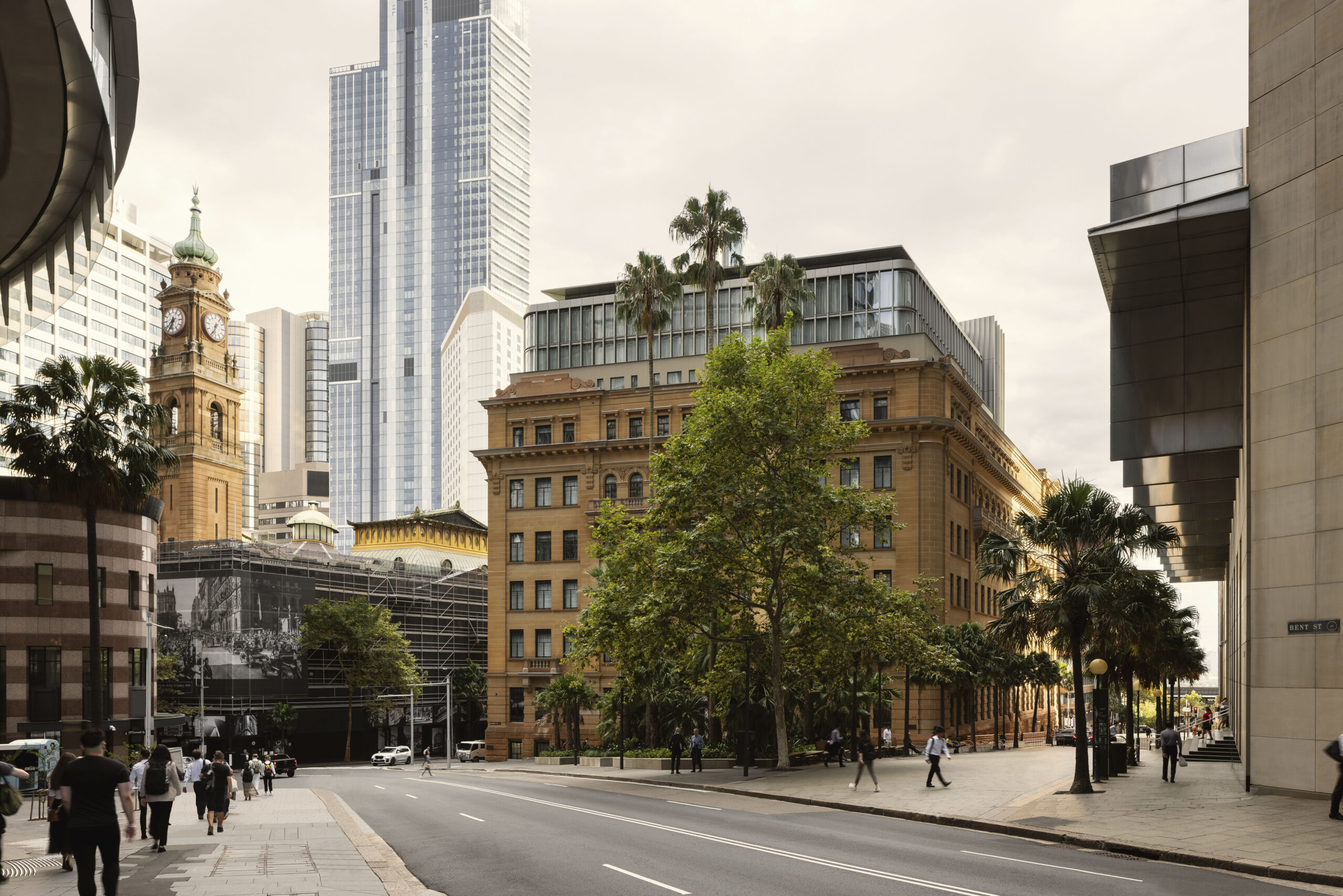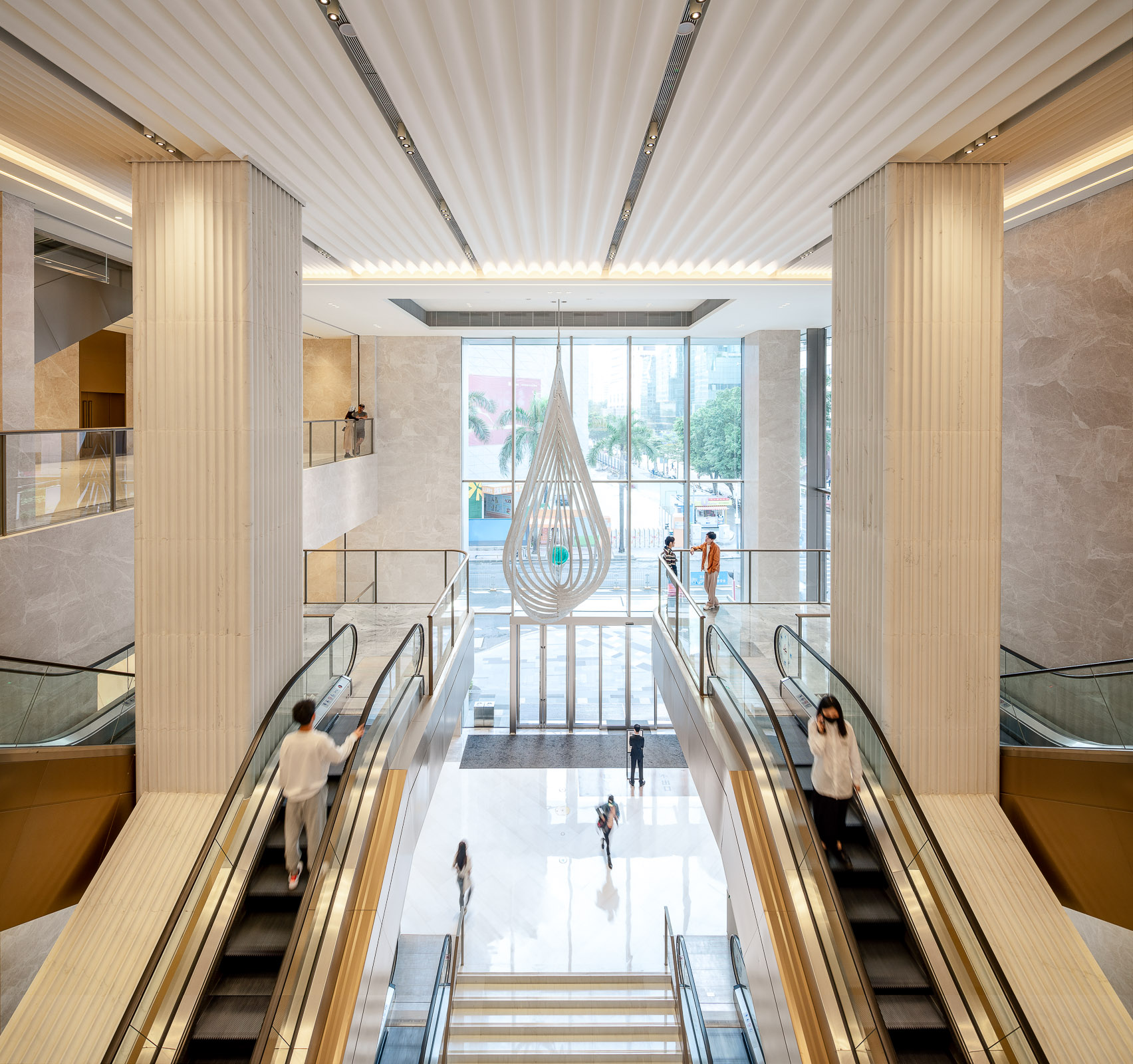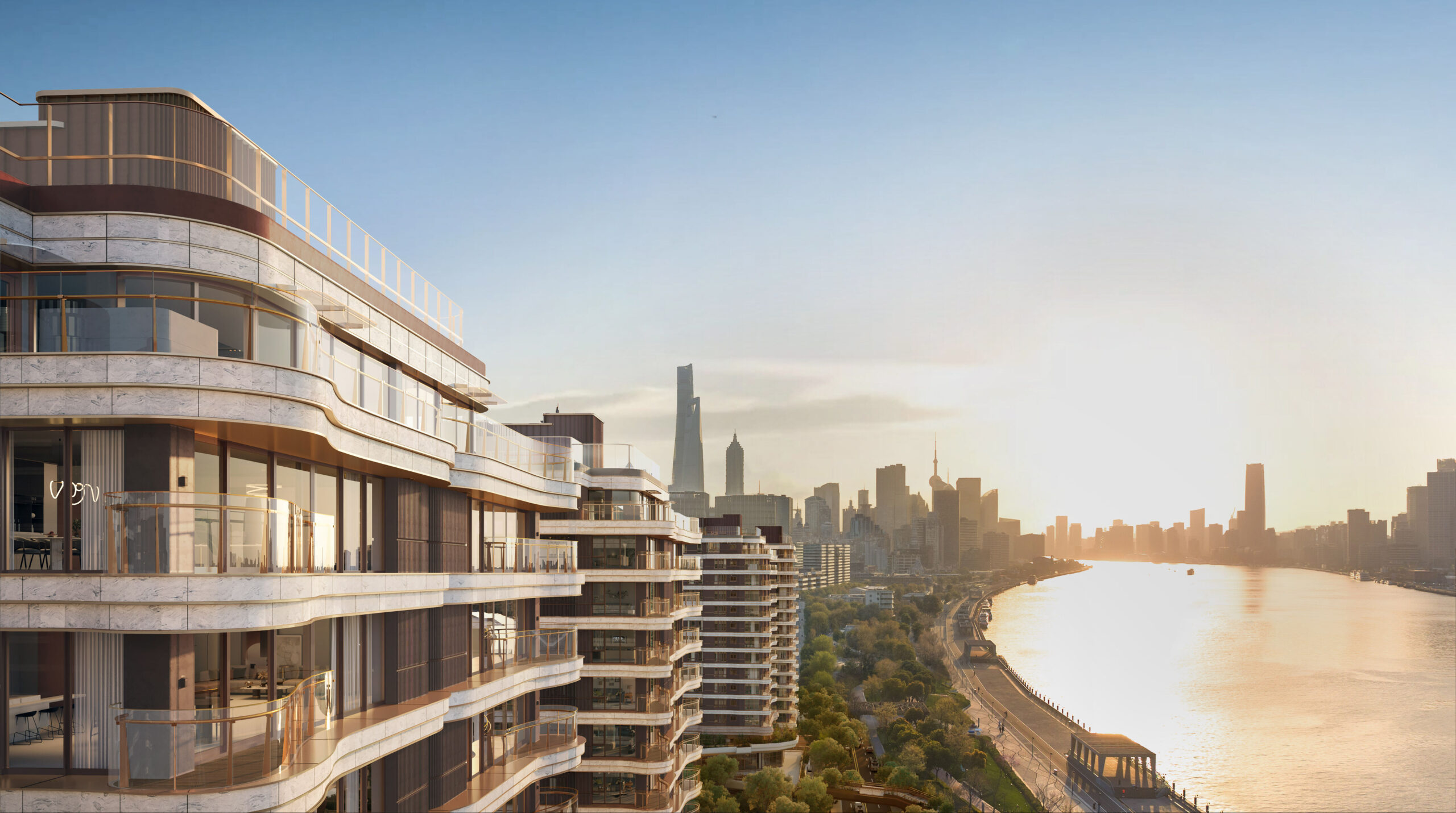
The models
Model 1: Timber Milton Avenue model
Client Brookgate Land Limited
Scale 1:200
Dimensions 400mm (l) x 1500mm (w) x 300mm (h)
Time to make 1 week
Materials Maple veneer, acrylic
Model-makers Theodore Polwarth, Paul Miles, Alex Stewart
This timber model was made as part of the competition scheme, expressing the main features of the design.


The model is mostly made from maple veneer. We chose the material partly for its colour, as it resembles the initial choice of stone for the building without it being so descriptive that it reduces the design to a single material. The timber softens the appearance of the model and creates a more inviting feel.
Each elevation has a different number of layers and glazing to account for sound and heating/cooling requirements.


Using the 3D CAD model, the modelshop took the elevations, laid them flat and created the various layers on each elevation with the laser-cut maple veneer. The glazing is clear acrylic and the window frames, mullions and part of the roof have been spray painted copper to show the suggested materials. These exposed metal elements are revealed more as the facade falls away across the elevations.
The surrounding building were 3D-printed and spray painted in keeping with the chosen colour palette.

Model 2: White combined model
Client Brookgate Land Limited
Scale 1:200
Dimensions 400mm (l) x 1500mm (w) x 300mm (h)
Time to make 2.5 weeks
Materials Acrylic, plywood
Model-makers Theodore Polwarth, Paul Miles, Alex Stewart
This acrylic model of Station Row and Milton Avenue was used for the planning application. The team therefore focused on the massing and facade details.



The main goal was to express the layering of the facades and demonstrate the interaction between the two buildings and their surroundings. The model has an unusual L-shaped base to display the configuration of all three plots of the masterplan in one model.
We initially built a simplified model in Rhino which we could unroll and flatten into 2D parts that could be laser cut. We used laser-cut acrylic because it’s an efficient material to work with, but it also worked well for this particular building with its layered facade. Using different thicknesses of acrylic, we were able to define the layers and articulate the facade.





































































































































































































































































